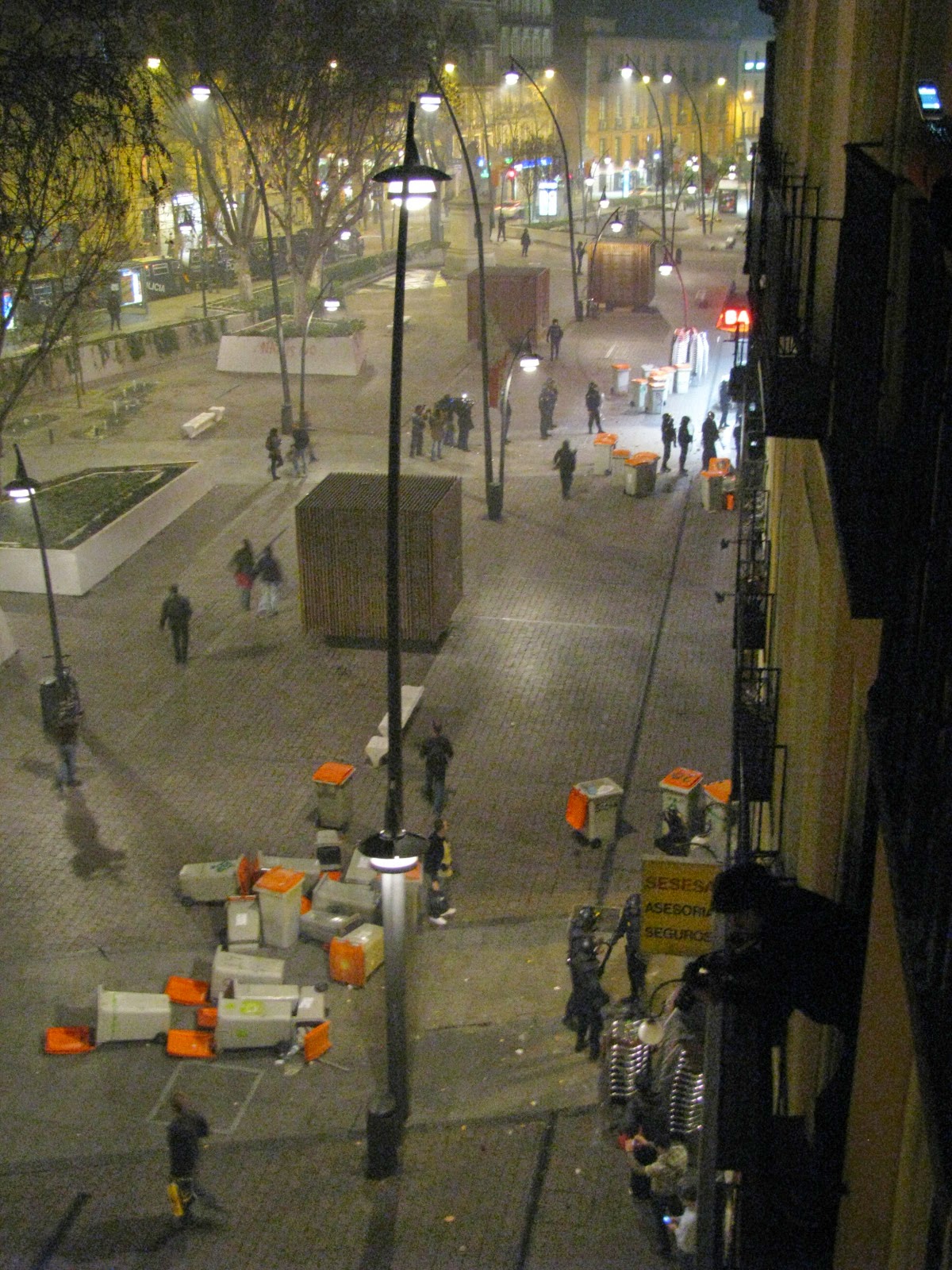For complete authority on Sacramento's Southside, see Sacramento's Southside Park by William Burg and Sacramento's Historic Japantown: Legacy of a Lost Neighborhood by Kevin Wildie.
Look out an
upper-floor windowpane from one of the office buildings situated on R St. Tree-topped neighborhoods and
urban skylines dominate the scene. To the west, an occasional high-masted sailing
ship peeks above the landscape from afloat the Sacramento.
For a good
part of the city’s history, to land at the Sacramento embarcadero meant an
initial stop at the shops along K before proceeding straight onto J
Street: the most direct route out of town and to the Mother Lode.
But R
Street, too, is an important part of Sacramento’s past.
R Street
was once bisected by a critical levee stretching east from the river more than a
mile. On top of the levee sat tracks carrying California’s first railroad.
Beginning
operation in August, 1855, the Sacramento Valley Railroad was acquired by Central
Pacific (then Southern Pacific, now Union Pacific) in 1865, which connected the
Sacramento waterfront with transcontinental customers.
The Central
Shops north of downtown were specifically purposed to produce engines powerful
enough to scale the Sierra Nevada Summit.
The R
Street Levee, built after a series of floods in the early 1850s, was the
effective southern edge of town, separating the nascent city from swampy marshes
and Burns’ Slough.
At that
time, as the city was expanding eastward, the entire tract south of K Street
was considered ‘Southside’. Today, R Street is commonly thought of as the
northern boundary of the Southside Park neighborhood.
With
construction of the levee at Y Street (now Broadway) completed in 1902, and
more robust flood control upriver the American, a large district of previously sparse
inhabitance became attractive to new residents.
The park
was commissioned in 1906, under consultation from Dr. John Hays McLaren,
horticulturalist and 53-year-superintendent of Golden Gate Park. The now
20-acre Southside Park was once much larger, before the freeway’s incursion reduced
its size by nearly 40 percent.
Adjacent
the park, both passenger and freight trains traveled from Chico, via the
Sacramento Northern Railway, and Stockton, by way of the Central Valley
Traction Company. The two lines shared tracks along Eighth Street.
While
horse-drawn cars, then electric street cars, and eventually automobiles allowed
some folks to escape the noise and pollution of the urban core, others settled
near where jobs and services were plentiful and convenient—and where no
discriminatory housing provisions engendered exclusion.
A friendly but
active debate persists between Masjid Al-Jame on V Street and the parishioners
of a mosque in Detroit about which is actually the longest-practicing in the
United States.
The oldest
black religious congregation on the west coast, St. Andrew’s African Methodist
Episcopal, founded in 1850, moved in 1951 to its current home on Eighth Street.
At one
time, R Street, and the surrounding neighborhood, was the nexus of economic
activity for inland California.
Electricity
service first became available in Sacramento in the late 1880s, allowing the
canneries and mills to run around-the-clock operations during peak production
periods.
The Del
Monte cannery stood at the foot of Q Street and the PG&E plant at the end
of T Street—ground Interstate 5 entrenches upon today.
Beginning
as a failed 1954 bond measure, the City of Sacramento funded a series of
redevelopment programs by borrowing against future expected increases in tax
revenue—employing a method known as ‘tax increment financing’.
The
programs were popular with municipalities nation-wide, as cities clamoring to
compete with newer suburban developments sought to rejuvenate their urban cores
by eliminating properties thought of as ‘blighted’.
The
California State Capitol Urban Renewal Plan was executed in three phases,
replacing the area surrounding M Street (Capitol Mall), along the river, and
south to S Street with superblocks, office buildings, and modern apartment
complexes.
The
population of central Sacramento dwindled from a peak of nearly 60,000
residents before 1950 to under 30,000 today.
Still, many
wonderful old-neighborhood mementos are found amongst the new.
Like a nail
house, the Stanford Mansion protrudes from a moat of asphalt at Eighth and N
Streets, while the Nisei War Memorial on Fourth is all that remains of Sacramento’s
Japantown.
The old Portuguese
commercial district lined Third Street. The building housing the Continental
Grocery Store, established in 1912, is still standing on the corner at U
Street.
In 1974, the
artist group known as the Royal Chicano Air Force composed the mural that
anoints the Callahan Memorial Bandstand, which was erected in Southside Park in
1934. The bandstand lies directly across T Street from Our Lady of Guadalupe
Church, where Cesar Chavez’s 1966 march from Delano, Calif. concluded.
Uptown, a
new saga of redevelopment is bringing sidewalk improvements and restaurants and
lofts to the recently consecrated historic district. And with the all-but-certain
construction of a new sports arena on K Street, more changes for the neighborhood
are likely on the horizon.
Southside Park
celebrated its centennial on June 14, with walking tours, face painting, and
free swim at the pool.

















